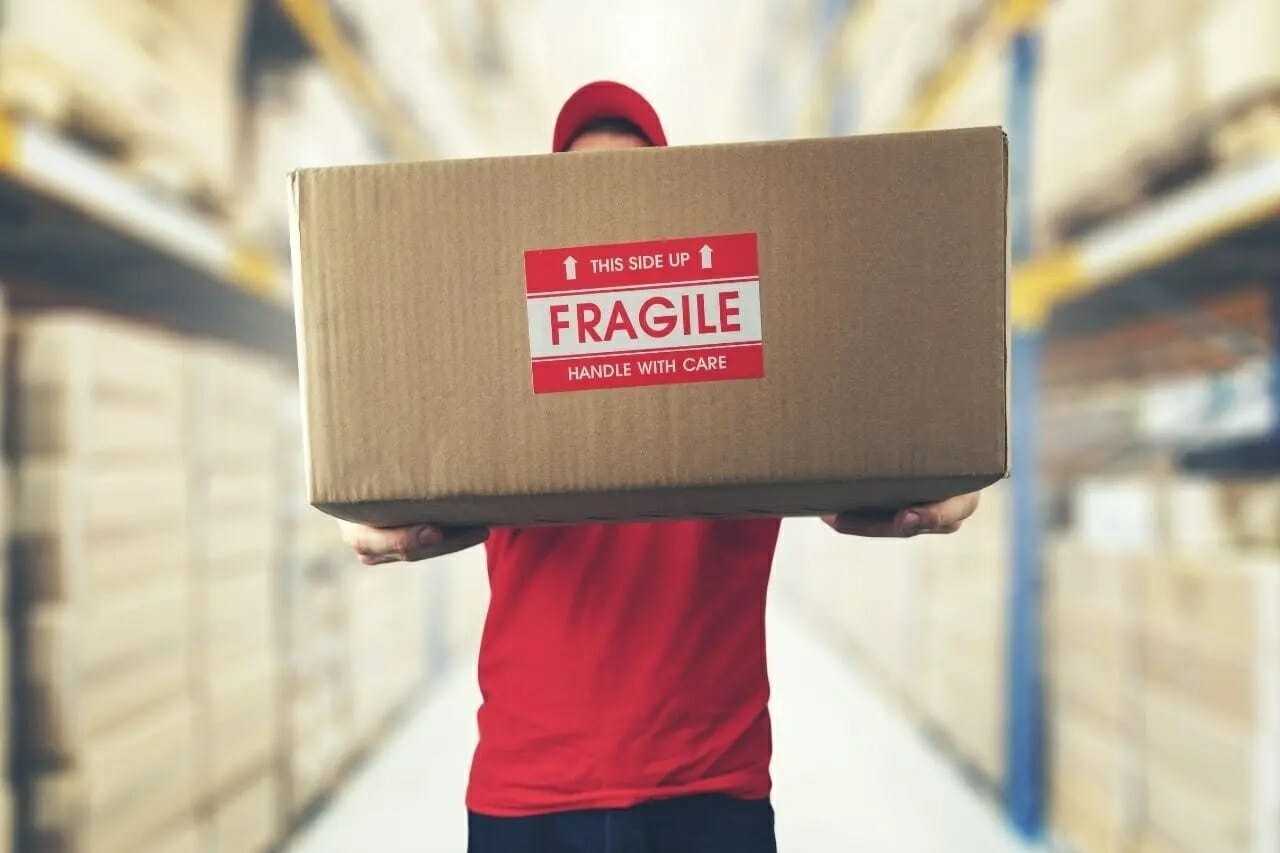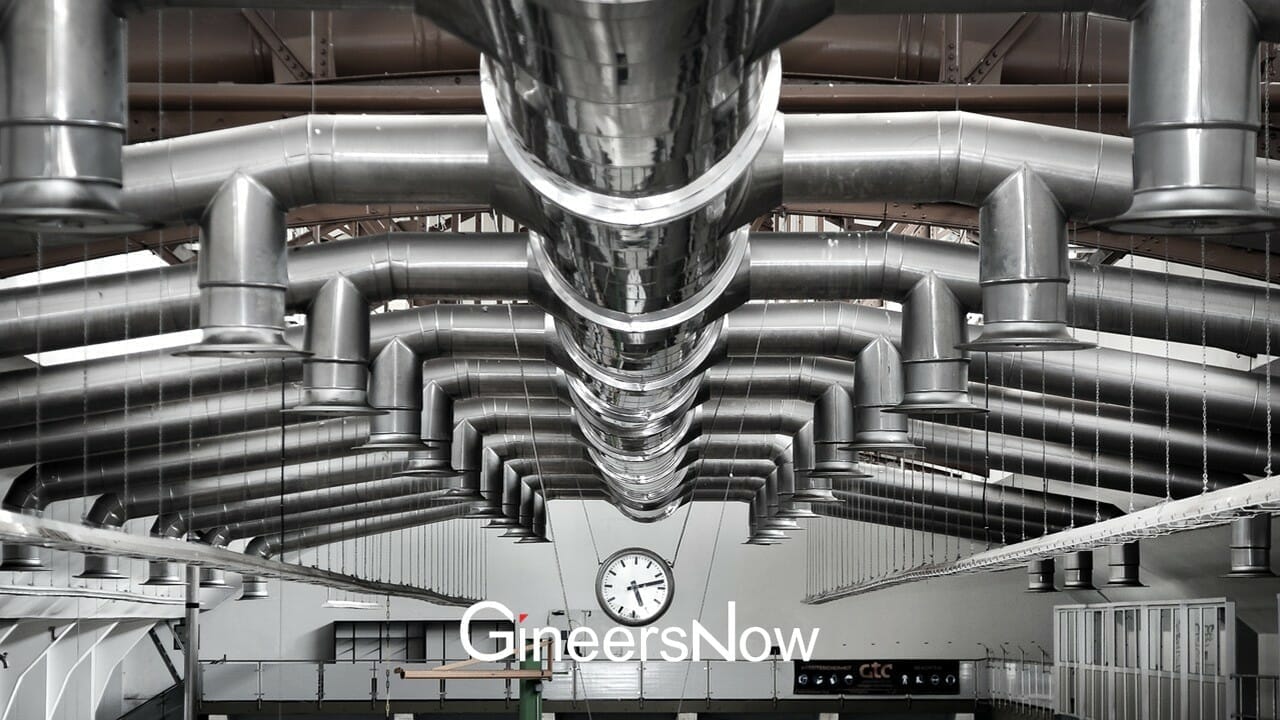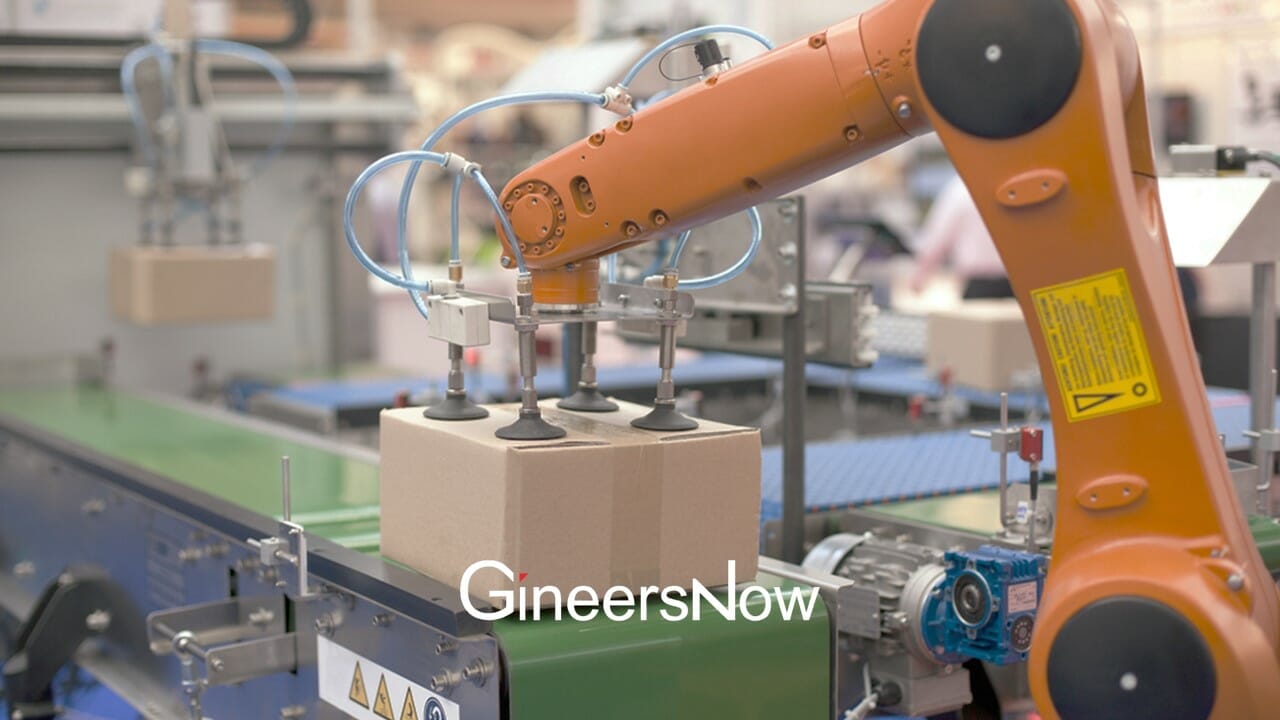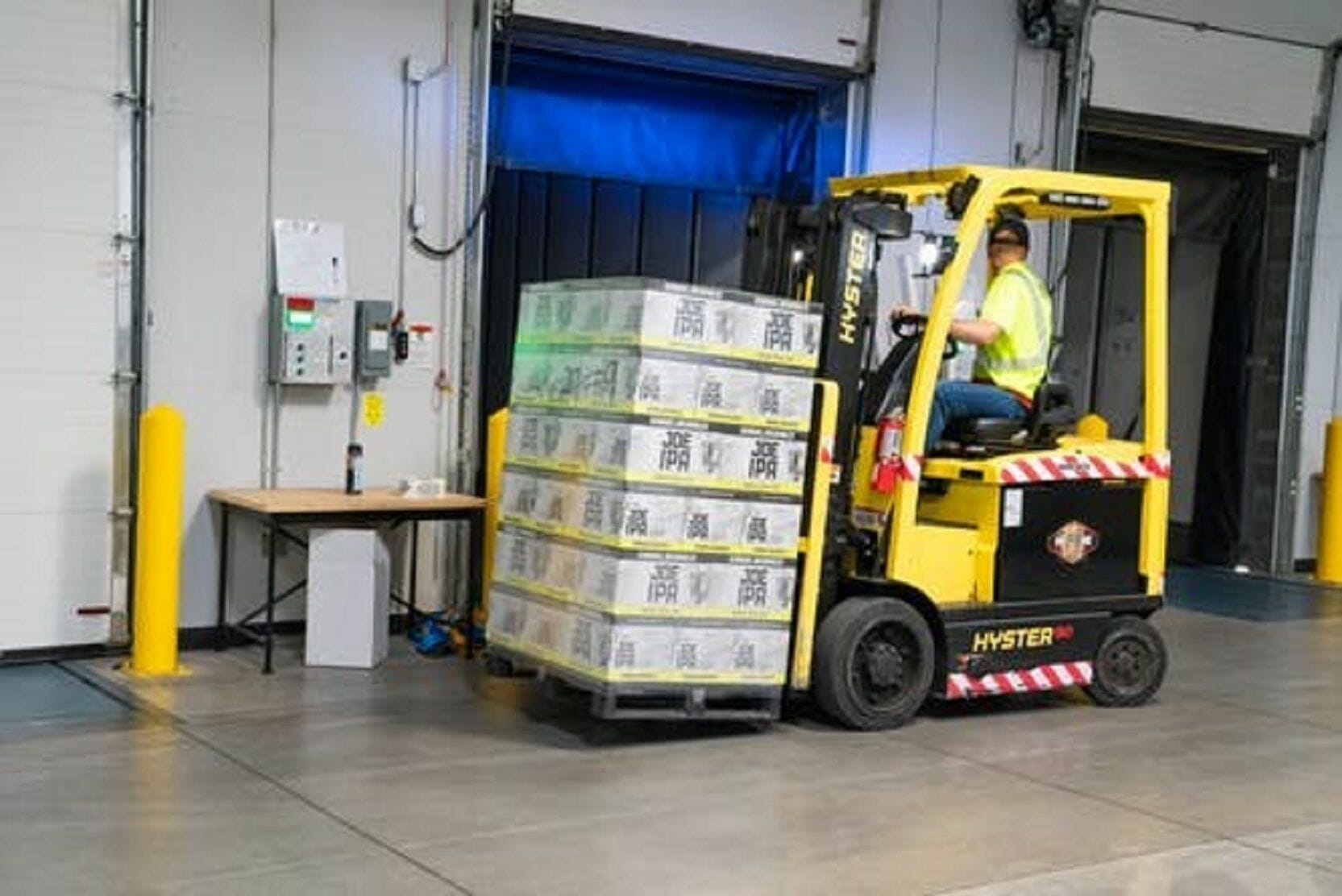Finding eco-friendly and sustainable packaging products can be a challenge. With so many different options on the market, it can be hard to know which ones are actually environmentally friendly and which ones are just greenwashed.
Here are some things to look for when choosing eco-friendly and sustainable packaging products.
Look For Packaging That Is Made From Recycled Materials
Every day, more and more plastic packaging ends up in landfills all over the world. This waste is potentially taking hundreds of years to decompose, if ever at all, making it a huge contributor to global pollution. To make matters worse, much of this plastic waste can’t even be recycled due to its complex chemical makeup.
Fortunately, there are alternatives available – by simply choosing packaging that’s made from recycled materials, we can effectively combat the issue of plastic pollution. Items such as bottles and containers constructed out of recycled materials don’t just reduce our need for new packaging — they also cut down on emissions caused by manufacturing and transport.
Furthermore, choosing products labeled with eco-friendly holograms or manufactured with ‘green’ processes can help you identify items from sustainable sources; looking for the Forest Stewardship Council (FSC) label is a good place to start.
Ultimately, making smarter decisions about the packaging we use is key to protecting our planet going forward – start small today and reap the rewards tomorrow!
Avoid Packaging That Contains Harmful Chemicals or Toxins
In our modern world, we are surrounded by packaging. Boxes and bags holding everything from food to clothing come into our homes on a daily basis. But what many people don’t always see is the impact of this packaging on the environment.
The production of certain types of packaging can create a variety of harmful chemicals and toxins that have been released into the air, soil, and water. These substances can be dangerous to human health, as well as to animals and ecosystems.
Therefore, it’s important that everyone take time to choose packaging which is eco-friendly, safe, and free from dangerous substances. One way to achieve this goal is by reading labels or researching online before buying something in order to avoid products packaged with plastics or other materials known to contain harmful chemicals or toxins.
When it comes to choosing the right kind of packaging, knowledge is power – so becoming more informed about where our purchases come from can make all the difference in helping protect our planet and ourselves from these harmful compounds.
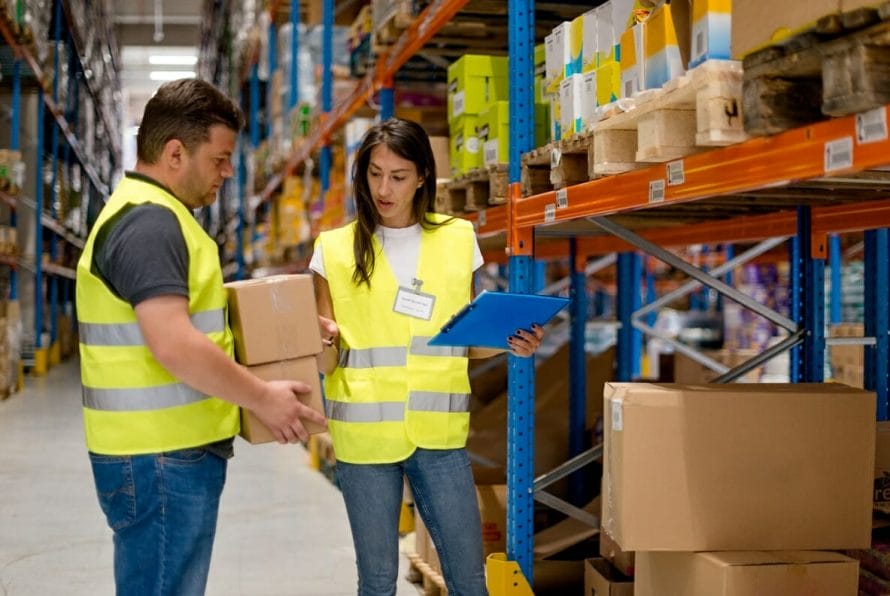
Choose Packaging That Can Be Easily Recycled or Composted
Making mindful choices when it comes to packaging can help reduce the amount of waste in our world, and choosing materials that can be easily recycled or composted is an easy way to do your part.
Creating a demand for such materials helps to ensure that more products are made with eco-friendly components, which in turn reduces the number of renewable resources consumed. Eco-friendly tea packaging is a great example of this.
Plant-based plastics like sugarcane are becoming increasingly more common as manufacturers switch to sustainable packaging, while food products and containers constructed from aluminum, glass, and paper can all be recycled without hassle.
One other smart option is biodegradable paper, which includes cellulose bags and paper boxes; these won’t linger in landfills forever like some kinds of plastics and can even be added to home compost piles.
In addition to being kinder to the environment, responsibly sourced packaging also conveys a positive message about a company’s commitment to sustainability, raising brand visibility and increasing customer loyalty.
By taking the time to choose recyclable or compostable packaging, we all have an opportunity to do our part for our planet.
Select Packaging That Is Durable and Will Not Break Easily
When it comes to packaging and shipping, durability is key. In order to ensure your items arrive in good condition, you need to make sure the packaging materials you select are strong enough to withstand the rigors of transport and can stand up to any kind of rough handling that may occur during transit.
If a package isn’t adequately protected by its packaging, there is a risk that it could break or become damaged before it reaches its destination. To help ensure reliability and reduce the chances of damage, always select packaging materials that are tough and durable.
Choose boxes with thicker walls and firm corners, and opt for void-fill items such as air pillows or bubble wrap that cannot easily be punctured or ripped apart.
Taking time to pick the right packaging will pay off in the long run; by choosing construction materials that are sturdy enough to withstand any bumps along the way, you can be sure your items will safely reach their intended home.
Consider the Size of the Packaging – Smaller Is Often Better
The size of the packaging we use is something that most people often overlook, but it actually can have a huge impact on our environment.
For starters, having larger packaging means more materials are being used for packaging the product – which usually means a higher carbon footprint.
In addition, larger packaging can take up more space in your home, and it also takes up more energy to transport due to the increased weight.
On the other hand, when it comes to smaller-size packaging, the benefits are numerous. Not only does smaller packaging require fewer materials – cutting down on its carbon footprint – but it also helps to save valuable shelf space in stores and warehouses, as well as taking less time and fuel to transport.
When weighing these different factors together, it’s clear why smaller typically is better when it comes to packaging size.
Considering that every little bit helps where our environment is concerned, opting for smaller packs whenever possible can make a difference. So next time you’re out shopping for products, be sure to cast a critical eye towards the package sizes—and opt for those that are snugger!
That way, you not only get what you need with less waste of resources – but you get products quicker too! Smaller truly can be better when it comes to sizing.
Make Sure the Packaging Can Be Reused or Repurposed in Some Way
Repurposing and reusing is a great way to reduce waste. Instead of throwing out packaging, it’s always a good idea to think about ways it can be reused or repurposed for other reasons. If you are planning on buying something, make sure that the packaging can be reused or repurposed in some way, so you don’t have to throw it away.
For instance, if you get a package with a lot of bubble wrap inside, keep it and use it again when you need to ship something fragile. You can also find creative ways to repurpose everyday items like plastic bottles as planters. Many websites offer tutorials on how to make practical and decorative pieces from stuff you would normally discard.
With some creativity and ingenuity, almost anything can be upcycled. Reusing and repurposing is an excellent way to stay green and help reduce waste on the planet.
It’s also important to remember that there are often recycling programs available if the item cannot be reused or repurposed in any meaningful way – so make sure to look into those options as well!
Make responsible consumer decisions, so our planet remains healthy for generations to come.
Conclusion
With so many options on the market, it can be tricky to choose the eco-friendly packaging that is right for your product. Keep these six tips in mind, and you will be well on your way to finding sustainable packaging that meets all of your needs!


